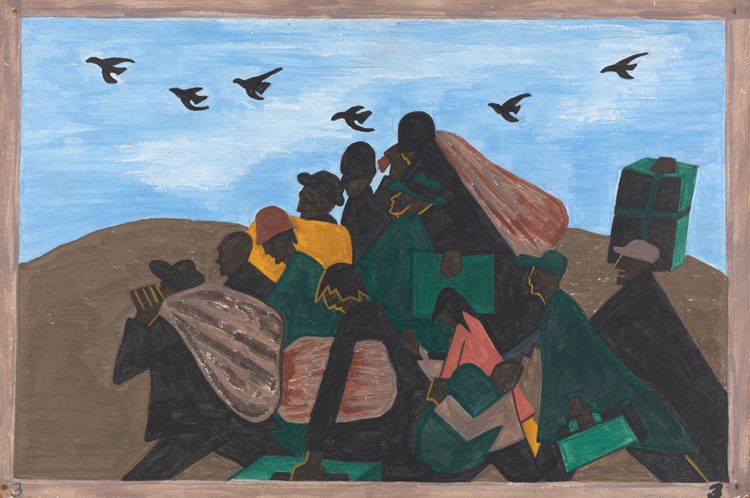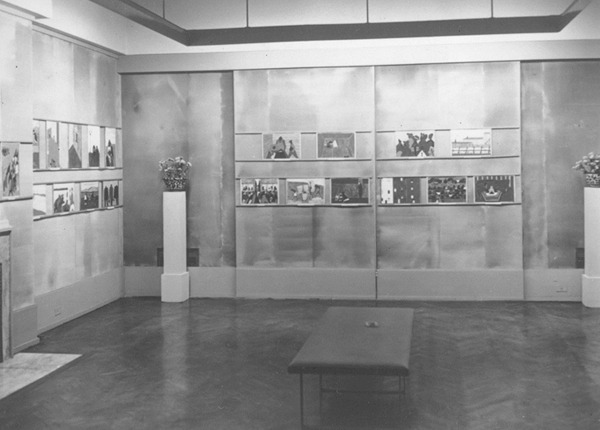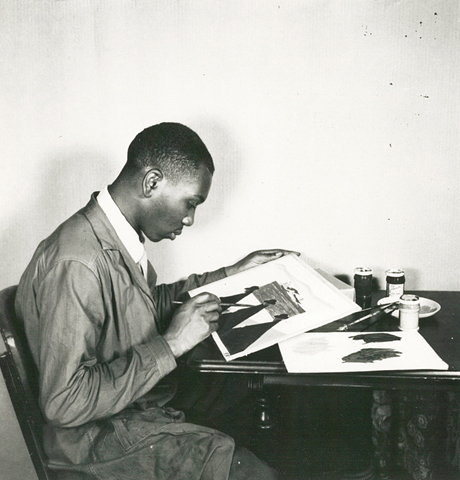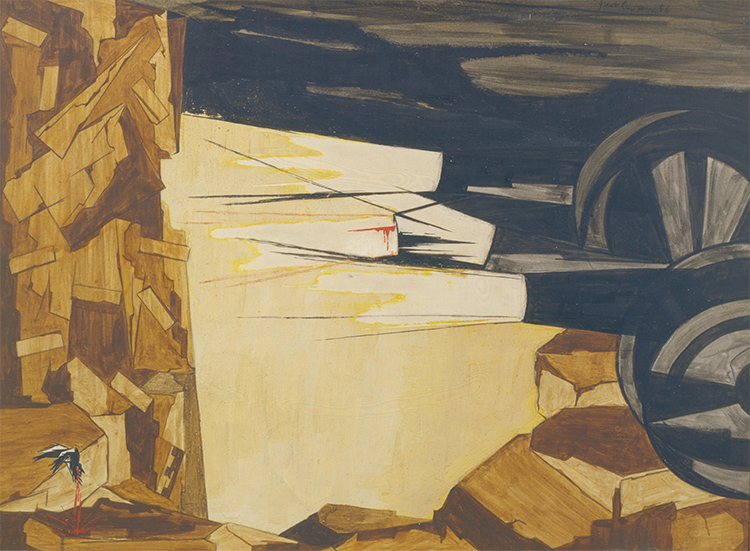We’re thrilled to have a brand new DC museum neighbor starting this weekend! The National Museum of African American History and Culture officially opens its doors on Saturday, Sept. 24, and in celebration we’re highlighting the work of Jacob Lawrence, a key artist from the new Smithsonian’s permanent collection (and the star of a special exhibition at the Phillips this fall):
1) Jacob Lawrence painted all 60 panels of his seminal work The Migration Series simultaneously. To keep the colors consistent, Lawrence applied one hue at a time to every painting where it was to appear.

Jacob Lawrence, The Migration Series, Panel no. 3: From every southern town migrants left by the hundreds to travel north., between 1940 and 1941. Casein tempera on hardboard, 12 x 18 in. The Phillips Collection, Washington, DC, Acquired 1942 © 2016 The Jacob and Gwendolyn Knight Lawrence Foundation, Seattle / Artists Rights Society (ARS), New York
2) Lawrence became the first African American artist to be represented by a New York gallery when The Migration Series was shown at Manhattan’s Downtown Gallery in 1941. It was after seeing the works here that museum founder Duncan Phillips fell in love with Lawrence’s work, and gave the artist his first solo exhibition show in 1942.
3) Jacob Lawrence was 24 years old when he painted The Migration Series. He did so with the help of his wife Gwendolyn Knight, who assisted in prepping the boards and writing captions.




